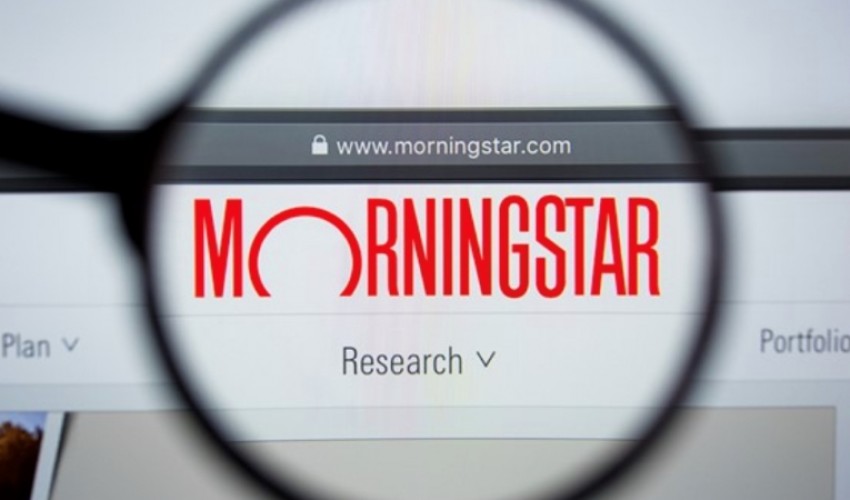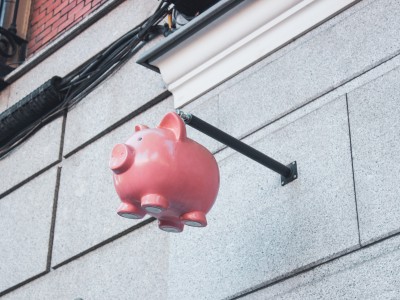Learn » Blog » Making sense of industry KiwiSaver reports
Making sense of industry KiwiSaver reports
Published on 18/08/2023

Every quarter, the investment research house Morningstar produces a report on KiwiSaver. Its latest report ending June 30, 2023 was released earlier this month.
Outside investment circles, it isn’t that widely known. But for those who are keen to find out how all the various funds and fund managers stacked up against one another, it makes for an interesting read.
Encouragingly, there is a growing number of investors who know of Morningstar and find these reports useful.
To start, the report provides a general overview of what happened in the markets, what influenced performance, which sectors are up and or down and some of the best and worst performing funds that quarter.
One of the most frequently repeated lines in investing is that “past performance is no indication of future returns.” It bears repeating here again if you don’t read the actual report.
It’s important for a few reasons. If you’re constantly chasing the best performer each quarter, by switching, in the long run, you could be worse off than if you’d just stayed with your ‘middle of the road’ performing fund manager.
Another cliché, but often correct, is that “This year’s winner can easily be next year’s loser.”
The point here is that you shouldn’t read too much into short-term performance because it is so variable from quarter to quarter and year to year.
Morningstar repeatedly makes the point that what is more important than short-term performance is the long-term results. That’s why, in the returns section, you can see performance stretching from three months to 10 years.
Over longer periods of time, you can begin to see a track record. Remember that KiwiSaver, for the vast majority, is a long-term savings vehicle that is meant to help get you in good form financially for your retirement.
In relative terms, KiwiSaver is still brand new. It started in 2007, right around the time of the Global Financial Crisis. That makes it seem old within New Zealand. But compared to other countries, with a much longer history of retirement savings and products, it's a blink.
You won’t find a 16-year performance track record in Morningstar’s report. That’s because many of the KiwiSaver funds you see now weren’t in existence when KiwiSaver first started.
If you want to see what the annual performance of your fund is from the time it started, you can usually find that on your fund manager’s website. Just check the performance ‘since inception’ .
Morningstar breaks down fund performance by three months, one year, three years, five years, and ten years. It also groups funds by their fund type, so you’ll find default fund options, peer group averages, and then a full breakdown per fund type in accordance with risk categories; Conservative, Moderate, Balanced, Growth and Aggressive.
The returns reported are after fees but before tax and ranked within each group.
With low-cost, predominantly passive funds, Simplicity has often ranked in the top quartile for long-term performance. But there have been a few unusual periods in the markets that have driven some unexpected results.
With Covid now in the rear-view mirror and interest rates rising from historically low rates, we are seeing a return to more ‘normal’ market conditions and our funds' performance is reflected in that.
Our flagship Growth Fund, over five years, was ranked no. 3/16 for its group. We’re pretty pleased with that. Our KiwiSaver Balanced Fund is in 6/20 place over five years, returning 5.2% p.a., And our Conservative Fund is 7/15 with 2.2% p.a. Not all funds have been going that long, so the universe and rankings shrink with the participants for each period.
Our newest funds, the Defensive Fund and High Growth Funds aren't visible yet as they need a longer track record before they get on Morningstar’s radar.
As a predominantly passive investor, we regard ourselves as the tortoise in this ‘race’ and not the hare. We believe the long-term value for investors is accrued over time as a result of market linked performance with lower-than-average fees.
The average annual fee on a growth fund in KiwiSaver (according to Sorted Smart Investor) is 1.18%. Simplicity’s current fee for this fund is 0.29%. When we started, this management fee was 0.31%, but with economies of scale, we’ve been able to lower it. We also removed the annual member fee of $20 in December 2021, which is another saving for our investors.
While Sorted.org's fee data can be slightly out of date, we recommend anyone interested in comparing funds pay them a visit, likewise with Morningstar.
We encourage our investors to be informed and educated, and we’re here to support that journey as part of our offering.


